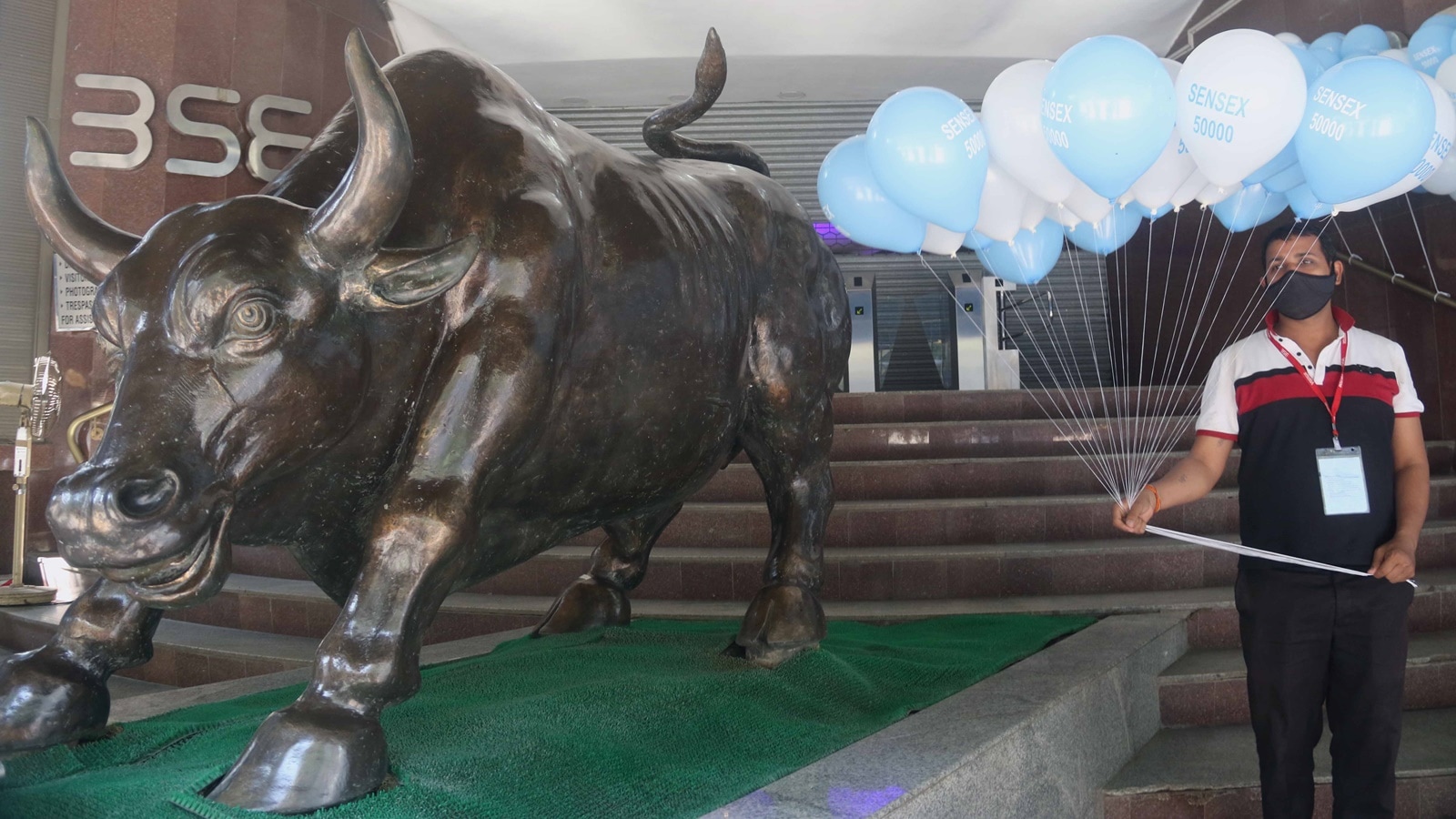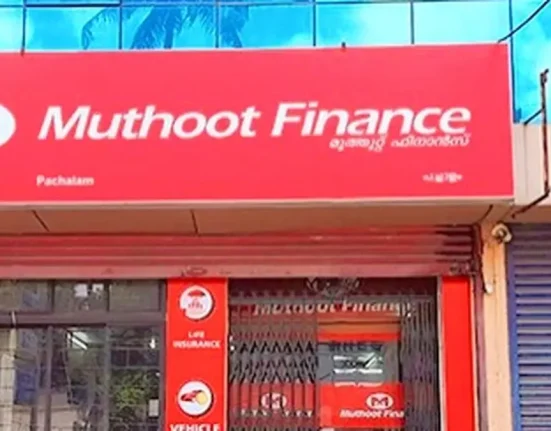Many investors believe that reading reports and tracking market news are enough to avoid major losses. However, history shows that certain warning signs often appear before serious trouble begins.
For example, during India’s infrastructure boom, a stock that was trading above Rs 25 steadily declined to around Rs 5. Today, the stock has technically lost over 99% of its value from its peak, and trades close to zero. Cases like these highlight that investing is not only about picking the right opportunities but also about knowing what to avoid.
Below are five practical red flags that investors should watch for before putting money into any company.
1. Company investing in stocks or unrelated businesses
A serious red flag is when a company starts using its cash to invest in stocks, real estate, or completely unrelated businesses, instead of focusing on its core operations.
This almost always signals poor capital discipline and often means the management lacks strong growth ideas within the main business. It can also be a sign of governance issues, as promoters may use company money to benefit other ventures.
Take Sunil Hitech Engineers as an example. The company was once focused on power and infrastructure construction projects. Over time, it started diverting funds into unrelated real estate projects and financial investments. Instead of using profits to reduce debt or improve its main engineering capabilities, the company chased risky side businesses. These moves weakened its balance sheet, increased borrowings, and eventually led to severe financial trouble. The stock price, once above Rs 25, crashed close to zero, resulting in a loss of almost 99% of value from its peak.
Another striking example is Satyam Computers. In 2008, Satyam announced plans to invest over Rs 7,000 crore to acquire Maytas Properties and Maytas Infra, companies controlled by its promoters. Investors saw this as a clear misuse of funds – money meant to grow the core IT services was being redirected to unrelated real estate and infrastructure. The market reacted immediately, and Satyam’s stock fell by over 55% in one day. Soon after, a massive accounting scandal was revealed, eroding investor wealth.
What to look for
Story continues below this ad
- Read the annual report’s investment section carefully. Check if the company has significant ‘investment in equity shares’ or ‘advances to other businesses’ without clear strategic fit and/or skill.
- Look for related party transactions, which might show cash flow diversions.
- Ask whether each investment logically strengthens the core business or if it looks like a random bet.
A company should use its cash to strengthen its main business, reduce debt, or pay dividends. When it starts acting like a fund manager, it often ends up hurting investors badly. This is a clear sign to stay away.
2. Promoters steadily selling their shares
Promoters and founders are the people closest to a company’s real situation. They know its strengths, weaknesses, future risks, and hidden problems better than anyone. So when they start consistently selling their shares, it is often a major red flag.
A promoter may occasionally sell a small part of their holding for personal reasons, like estate planning or diversification. But repeated or large-scale selling usually signals a loss of confidence in the business, or hints at deeper troubles not yet visible to public investors.
A clear example is Yes Bank. Between 2018 and 2019, co-founder Rana Kapoor began offloading his shares aggressively. His stake dropped from around 10% to almost nothing. He ended up holding only 900 shares, worth virtually nothing. While retail investors believed Yes Bank was strong and saw past growth numbers, the promoter was quietly exiting. Shortly after, Yes Bank faced a severe crisis due to hidden bad loans and weak governance, and the stock collapsed from above Rs 400 to below Rs 10. Retail investors who ignored the promoter’s exit suffered massive losses.
Story continues below this ad
Another example is Jet Airways. Naresh Goyal, the founder, kept reducing his stake and pledging shares as collateral to raise funds, which put the company’s future ownership structure at risk. Frequent stake reductions hinted at cash flow stress and poor business health. Eventually, Jet Airways ultimately stopped operations in 2019, leaving shareholders with heavy losses.
What to look for
- Review quarterly shareholding patterns. Promoter holdings are disclosed every quarter; look for steady reductions.
- Watch for promoter pledges, as pledged shares often indicate that promoters are borrowing against their stake, a risky practice that can force selling later.
- Check for large block deals or bulk deals, which sometimes show promoters selling off big chunks quietly.
If insiders do not want to stay invested, it is a clear signal for retail investors to be extremely cautious.
3. Frequent changes in top management
A stable and experienced leadership team is critical for a company’s long-term success. When a company sees frequent exits of CEOs, CFOs, or other senior leaders, it signals deeper problems, such as disagreements on strategy, governance issues, or even potential fraud.
Stable companies tend to retain leaders who share a long-term vision and can execute it consistently. In contrast, continuous churn at the top creates confusion, disrupts execution, weakens employee morale, and can even impact relationships with suppliers and customers.
Story continues below this ad
Take CG Power and Industrial Solutions as a clear example. Between 2017 and 2019, the company saw multiple high-profile exits: the chairman was forced out, the CFO was sacked for misconduct, and other senior executives resigned one after another. These departures were early warnings that something was deeply wrong in the company’s internal functioning.
Soon after, it was reported that CG Power had engaged in major financial irregularities, including unauthorised transactions worth thousands of crores. The stock price fell sharply, wiping out significant investor wealth. Investors who ignored the management churn ended up paying a heavy price.
Another example is Fortis Healthcare. Over a few years, Fortis faced multiple CEO and CFO resignations, and exit of independent directors amid allegations that promoters had misappropriated company funds. Once the financial troubles became public, the stock price collapsed, and the company had to undergo a complete ownership change.
What to look for
- Track regulatory filings for resignations of key management personnel. SEBI rules require immediate disclosures.
- Read the reasons cited for exits. While companies often mention “personal reasons,” a series of such exits is rarely coincidental.
- Follow business news for background stories and patterns around these resignations.
Frequent leadership exits often reflect deeper cracks that numbers alone will not show. If leaders are repeatedly leaving, it is a strong signal to avoid the stock.
4. Sudden surge in trade receivables
Story continues below this ad
A company’s trade receivables represent money owed by customers for sales already booked. In a healthy business, these are collected promptly, supporting smooth cash flow.
When receivables suddenly rise sharply and faster than revenue growth, it signals that the company may be booking sales aggressively but struggling to collect cash. This often points to weak customer quality, poor credit policies, or even possible revenue manipulation to inflate reported profits.
A major example is Sintex Plastics Technology. As it expanded, the company’s trade receivables started piling up. While on paper, Sintex showed strong revenue growth, the cash did not come in. This led to a cash crunch, increased debt, and ultimately defaults. By 2020, the company was admitted for insolvency, and investors lost almost all value.
Another example is Punj Lloyd, an engineering and construction firm. To show growth, it took on large projects and offered lenient credit terms, resulting in receivables ballooning beyond manageable levels. Over time, this created severe cash flow stress, forced heavy borrowings, and pushed the company into insolvency proceedings.
What to look for
Story continues below this ad
- Compare growth in receivables vs revenue in annual reports. If receivables grow significantly faster, it is a warning sign.
- Check Days Sales Outstanding (DSO), which shows how many days on average it takes to collect money. A rising DSO indicates trouble in cash collection.
- Review the cash flow statement, especially “cash flow from operations.” If it is consistently lower than net profit, it suggests profits are not being converted into cash.
Strong businesses focus on cash generation, not just booking paper sales. If a company’s money is stuck with customers, your money may end up stuck in that stock too.
5. High promoter or top management salary compared to profits
When management consistently draws very high salaries, especially without clear links to overall long-term performance, it signals poor alignment with shareholder interests.
In good governance, promoters and key executives usually align their wealth creation with that of shareholders. This means they benefit through dividends, share price appreciation, and only take higher pay when the business genuinely performs well over a sustained period.
A single bad year or a short-term profit dip does not necessarily make high pay wrong. In fact, during turnarounds, strong leaders may deserve high compensation for driving difficult changes. The real red flag is when high salaries persist regardless of business health, or when pay rises while overall shareholder value erodes over multiple years.
Story continues below this ad
An example is Balaji Telefilms. In a year where the company earned a profit of only about Rs 0.47 crore, the two main promoters received Rs 5.16 crore in combined salary, over ten times the net profit. There was no visible improvement trend or strong long-term shareholder return that justified such pay.
Similarly, at Sun TV, promoters took about Rs 74 crore combined in 2008-09, around 20% of net profit, raising questions about whether enough was being reinvested for future growth or shared with shareholders.
What to look for
- Review the annual report’s ‘Managerial Remuneration’ section and compare compensation trends over several years.
- Check if pay is clearly tied to long-term performance metrics, like multi-year earnings growth or return on equity.
- Be cautious if pay is high despite consistently weak performance or falling shareholder returns.
When there is no clear link to sustained performance, high pay becomes a warning sign rather than a reward for success.
Key takeaway
There are many ways to analyse a company. Investors often look at margins, return on equity (RoE), debt ratios, or growth rates. However, the five red flags shared above are basic checks that do not need complex calculations or deep technical skills. Any retail investor can understand and use them to protect their capital.
Story continues below this ad
Note: We have relied on data from the annual reports throughout this article. For forecasting, we have used our assumptions.
Parth Parikh has over a decade of experience in finance and research, and he currently heads the growth and content vertical at Finsire. He holds an FRM Charter along with an MBA in Finance from Narsee Monjee Institute of Management Studies.
Disclosure: The writer and his dependents do not hold the stocks discussed in this article.
The website managers, its employee(s), and contributors/writers/authors of articles have or may have an outstanding buy or sell position or holding in the securities, options on securities or other related investments of issuers and/or companies discussed therein. The content of the articles and the interpretation of data are solely the personal views of the contributors/ writers/authors. Investors must make their own investment decisions based on their specific objectives, resources and only after consulting such independent advisors as may be necessary.








